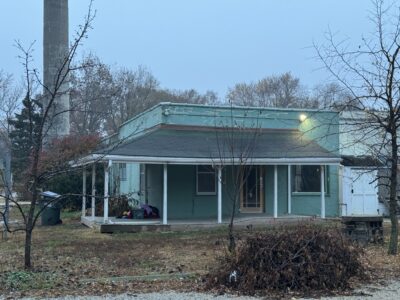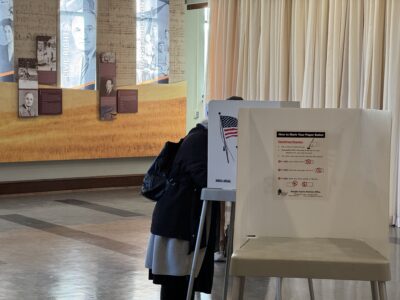
As holiday season arrives, a look at gas prices for travelers and economic, credit card trends for shoppers
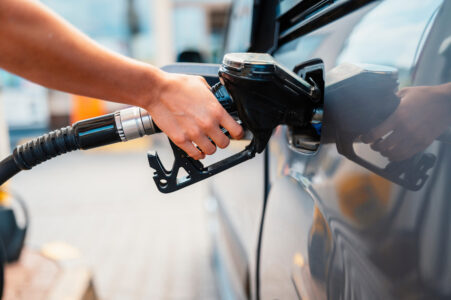
photo by: AdobeStock
A woman is pictured pumping fuel in this undated photo.
It is safety first for this holiday weekend, which means I’m testing the strength of my elastic waistbands. The only thing that gets stretched harder during the season is my wallet, but the testing of the waistband is more fun. (It may or may not have involved me eating three pieces of pie yesterday.)
With that in mind, here are some news and notes to help with holiday travel, spending and other items.
•••
Kansas’ central geography may be your friend this holiday weekend. According to AAA’s national fuel price survey, Kansas currently has one of the 10-lowest average gasoline prices in the U.S., and most of the other low-price states are nearby.
The average gas price for Kansas on Wednesday was $2.69. That’s the ninth lowest among the states. Two of Kansas’ neighbors also are among the 10-lowest. Somewhat surprisingly, Colorado is No. 5 with a $2.63 average, and Oklahoma is the lowest in the country at $2.49. In fact, Oklahoma is a full 10 cents lower than any other state in the country. (My suggestion is to call now and talk grandma into moving to Oklahoma.)
The map below shows average fuel prices for the entire U.S.. Red is most expensive, white is middle of the road, and dark blue is the cheapest. So, if you are heading south fo the holiday, gasoline prices should be in your favor.
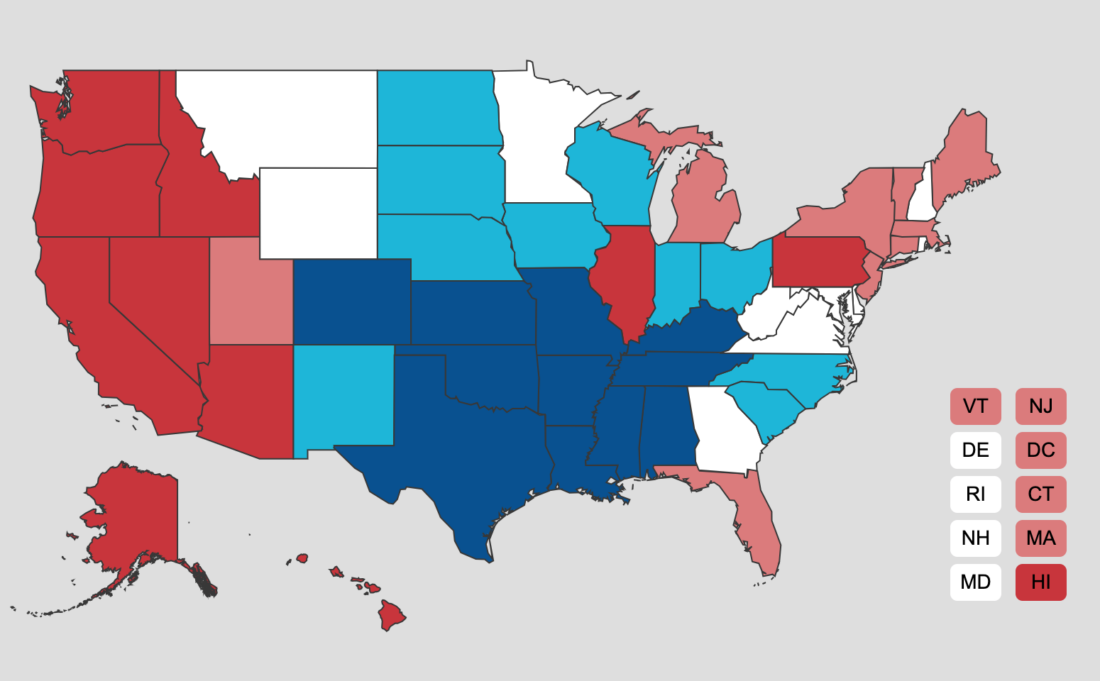
photo by: AAA
A map of average fuel prices for the U.S. is shown, with red being the highest averages and blue being the lowest.
If your Thanksgiving travel will keep you in Kansas, there are a few price differences to be aware of. Lawrence is in the middle of the pack in terms of average gasoline prices in the state, checking in at $2.73 per gallon.
Waiting to fuel up until you head east won’t save you any money. The Kansas City, Kan. metro average is $2.75. However, grabbing some gas in Topeka to the west might be worth your time. The Topeka metro average is $2.61, and the Shawnee county average is actually $2.56 (the Topeka metro includes several other counties.)
Filling up in Emporia might really be a strategic win. The Lyon County average is $2.42 per gallon. In terms of some other frequent stopping points along the interstate, Salina’s home county has an average of $2.60, Hays’ home county is at $2.70 and Sedgwick County, home to Wichita, checks in at $2.72.
Here’s a map of the entire state. The same color coding system for pricing applies: Red is most expensive, white is middle of the road, and dark blue is the cheapest.

photo by: AAA
A map showing average Kansas gas prices for Nov. 26, 2025 is shown, with red being the highest averages and blue being the lowest.
In terms of the cheapest county in Kansas, it is Dickinson at $2.37 per gallon. Take it as a challenge to plan your route through Dickinson. For some, it may not be that hard, as I-70 goes right through it. The main town is Abilene, in my house, known as the place with the Russell Stovers Chocolates factory outlet store, (which I can only wish charged by the gallon.)
•••
If your strategy for holiday spending is to simply follow the crowd, you might be spending less this year. Several holiday spending surveys that I’ve seen expect spending totals to decline in 2025, although not necessarily in every category.
The national survey by the financial services website WalletHub found 85% of respondents expect to spend the same or less than they did a year ago. A broader survey conducted by the market research firm Ipsos for its client Thrivent found that 70% of Americans plan to cut spending in at least one holiday category. The survey found 44% intend to cut back int erms of holiday dining, 32% planned to reduce spending on gifts, and 28% on travel. That survey also revealed how politics may be impacting the mindset of some shoppers: Two-thirds of all respondents believe tariffs will make the holidays more expensive.
Along those same lines, the WalletHub survey found that 65% of respondents think the economy will make the holidays less fun this year. Other notable results from the survey included 61% of respondents saying they would enjoy the holidays more if people did not exchange gifts, and 33% of respondents saying they are likely to apply for a new credit card to help them with holiday shopping.
•••
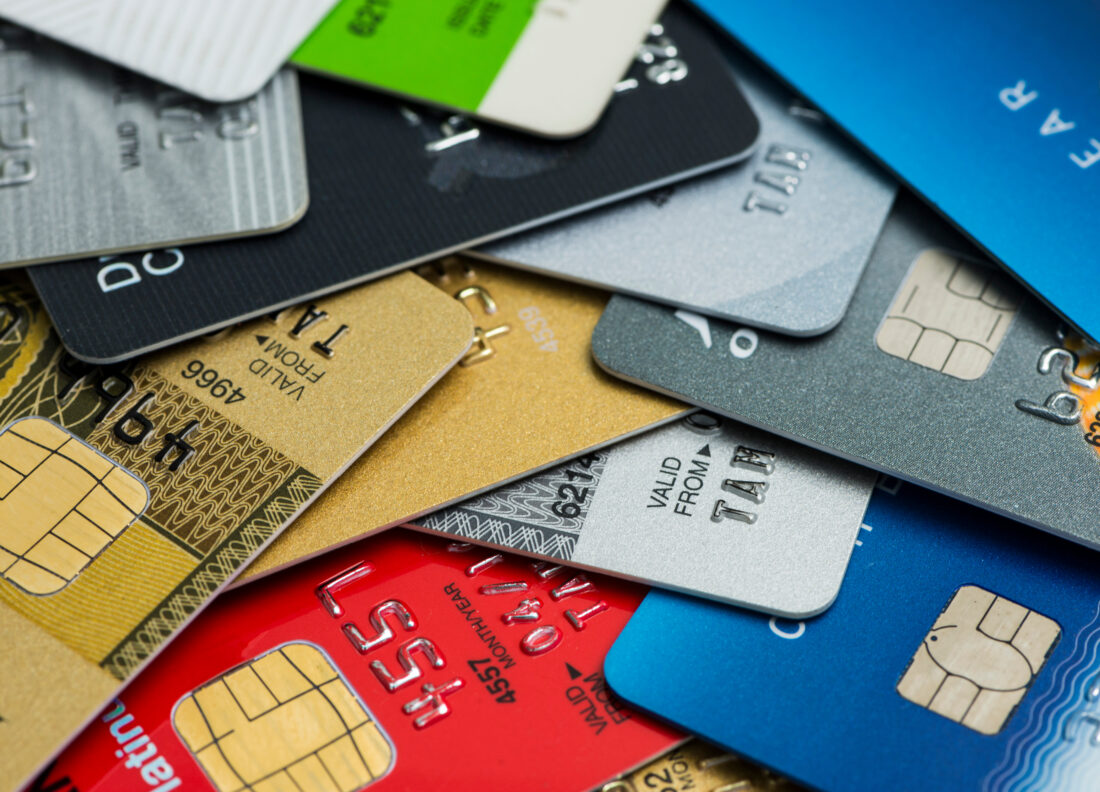
photo by: AdobeStock
Credit cards are shown in this undated photo.
On the credit card front, WalletHub also recently published an interesting report on credit card interest, and which national chains use a practice known as “deferred interest.”
If you like taking advantage of 0% interest deals offered by the various chain retailers, you might want to understand the concept of deferred interest. The phrase refers to a policy where if you don’t get your balance paid off by the end of the 0% interest period, the credit card company will retroactively charge you interest on the full purchase price.
For example, if you bought a $500 item with a 0% store credit card and paid off $300 by the end of the 0% promotional period, you might expect that you would only being paying interest on the remaining $200 balance. However, if the fine print of the credit card agreement allows for deferred interest, you would actually would be charged interest for the full $500 purchase for the number of months that the 0% promotion lasted.
Importantly, some national retailers do use the deferred interest policy and others do not. WalletHub looked at the credit card terms for 72 large retailers to determine which ones use the policy.
I won’t go over all 72, but here are some national retailers with a strong area presence that do charge deferred interest, according to WalletHub: Best Buy; Dick’s Sporting Goods; Home Depot; Lowe’s; Menards; Michaels Stores; Tractor Supply Co.; and Zales.
Conversely stores that seemingly do not charge deferred interest, according to WalletHub, include: Abercrombie & Fitch; American Eagle; Bass Pro Shops; Cabela’s; Costco; Gap; Kohls; Target; and Walmart.



